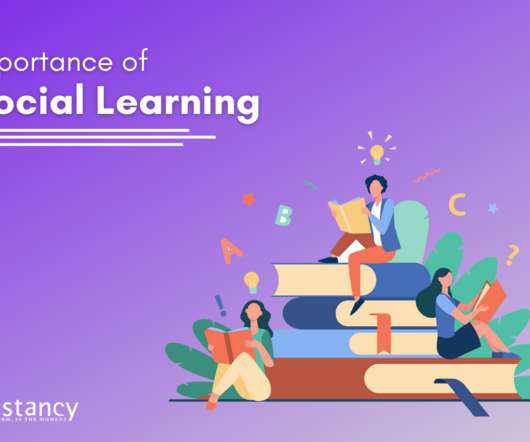Twitter’s Impact on Your Brain-Same as Bilingualism
Kapp Notes
APRIL 20, 2011
Adults must be socially stimulated to learn, which is why language retention is usually only successful for adults when they are immersed with other language-speakers. Bilingual people aren’t cognitively smarter, but they are more cognitively flexible,” she added.























Let's personalize your content